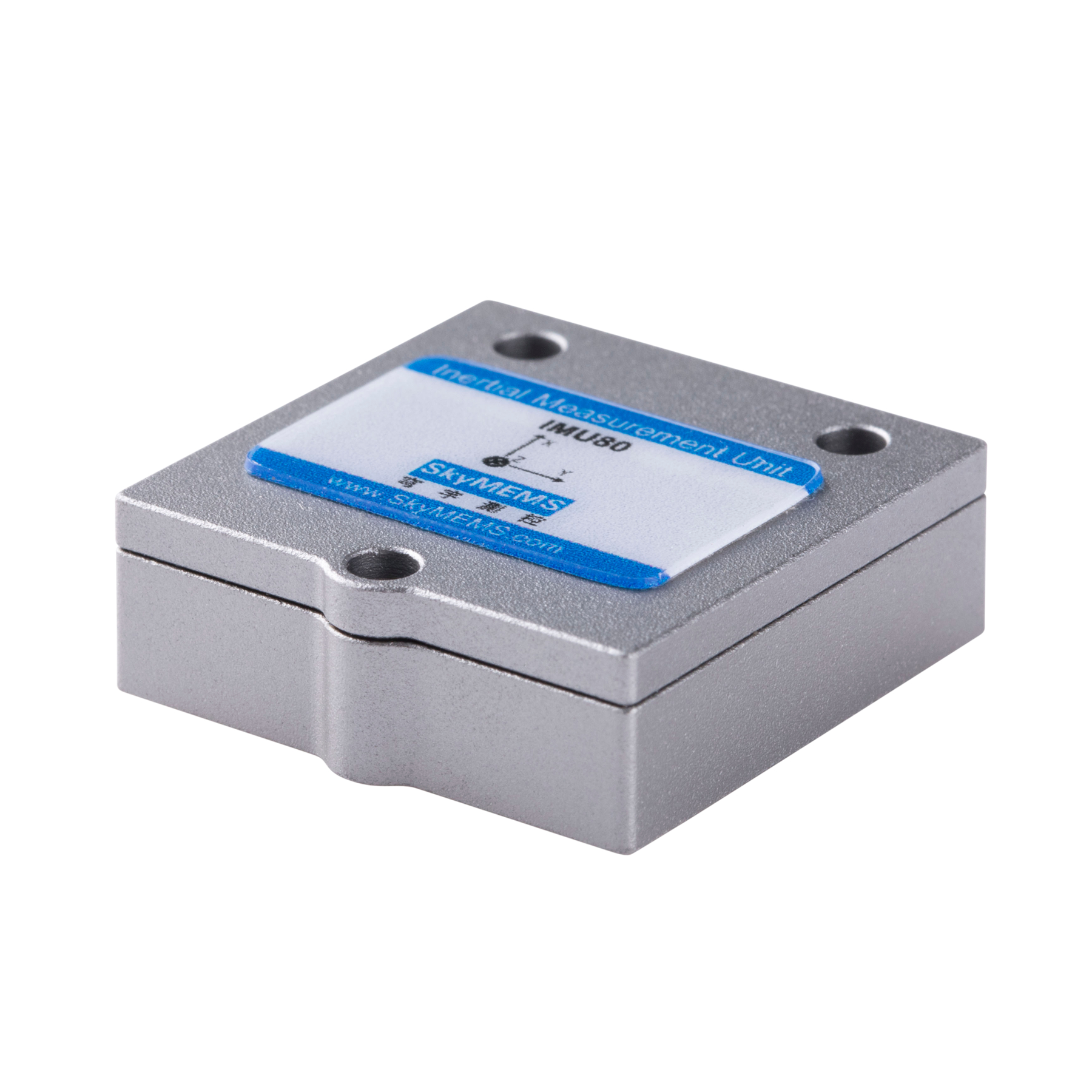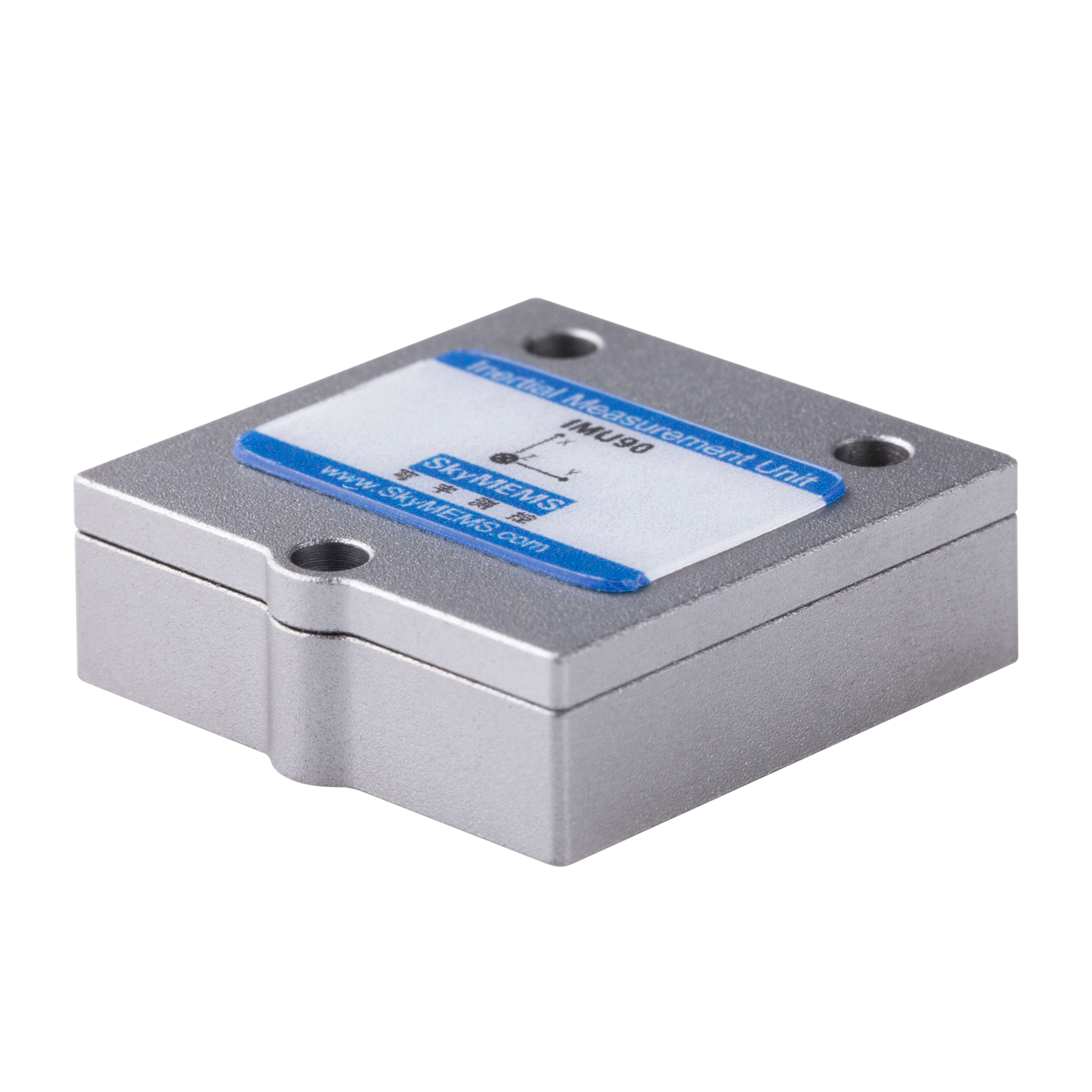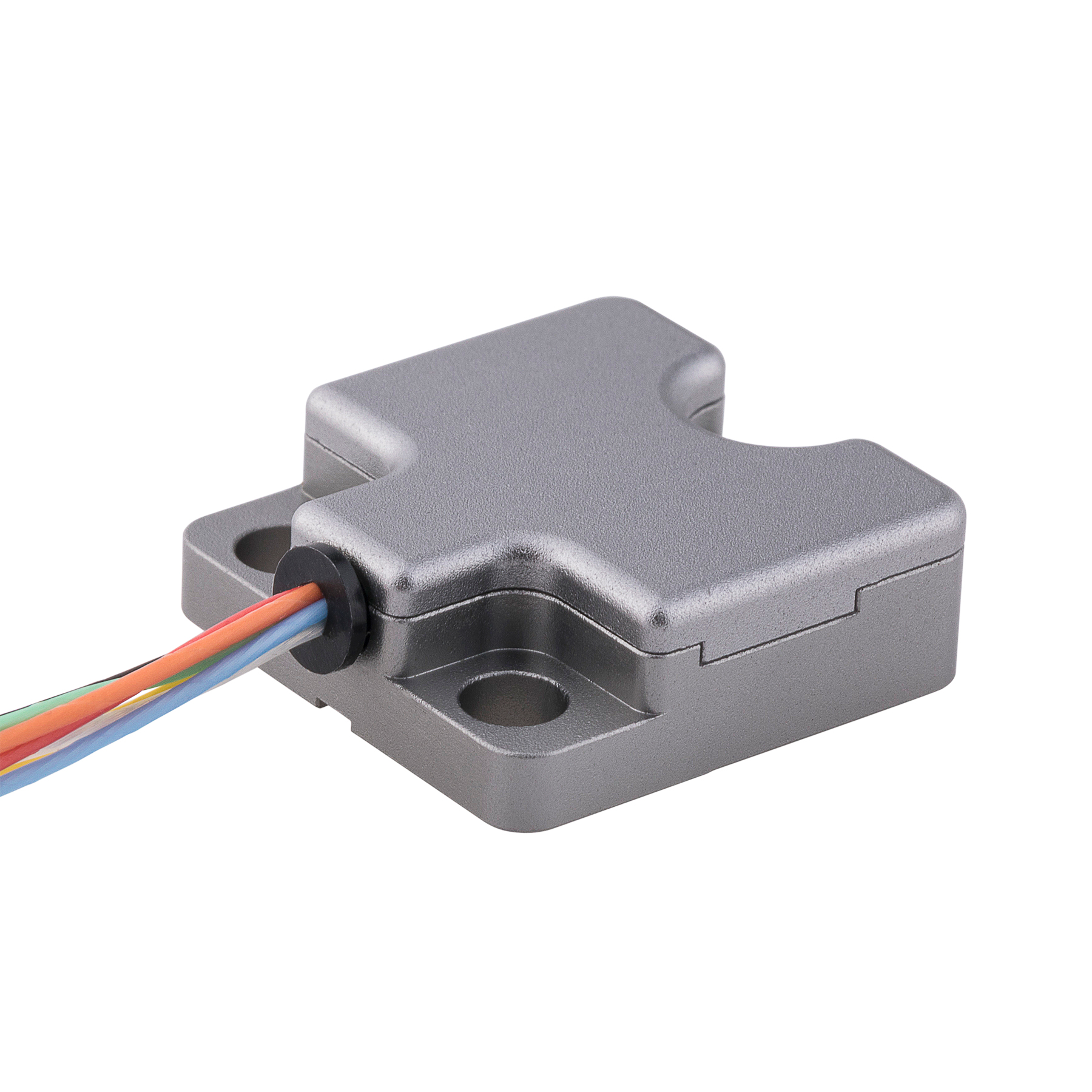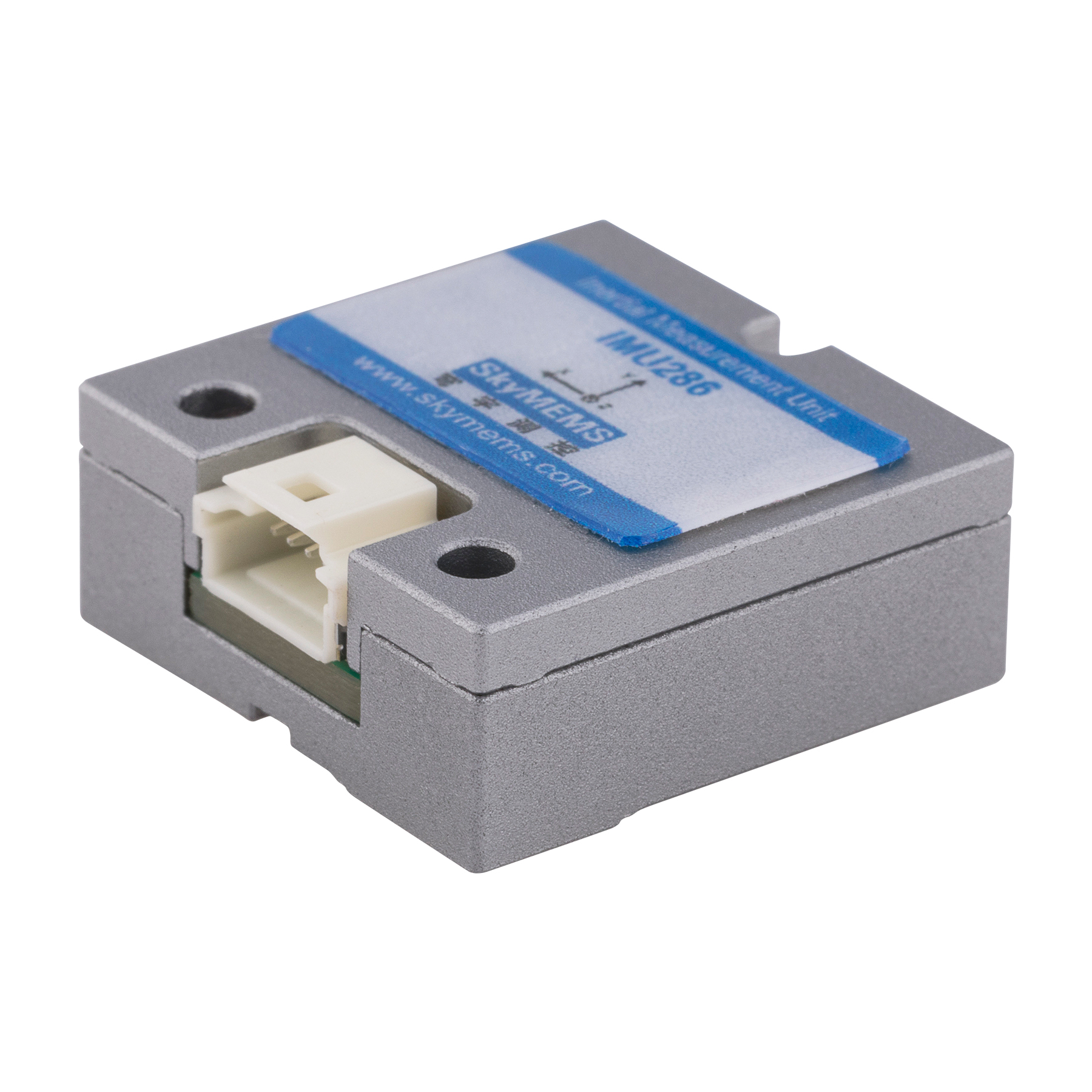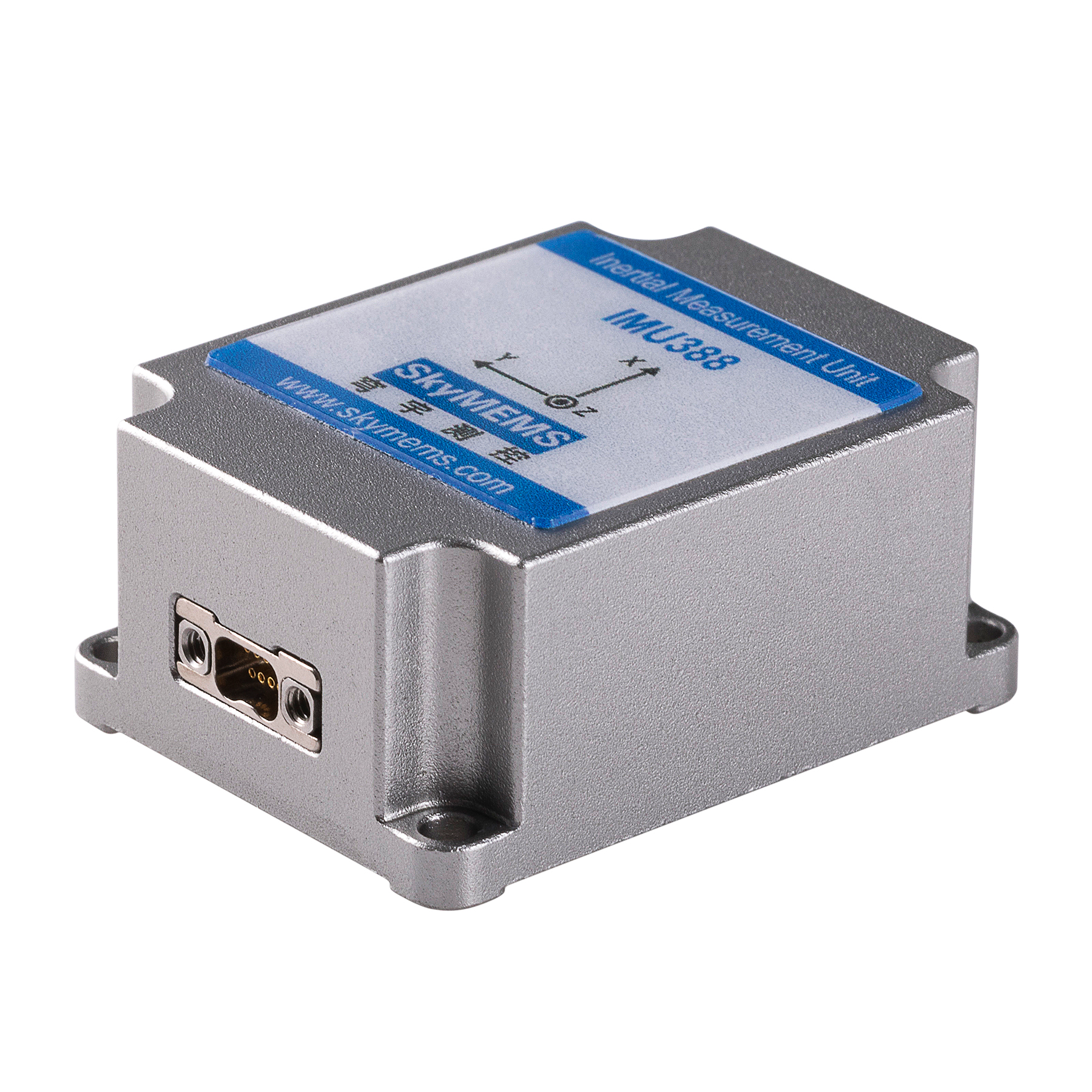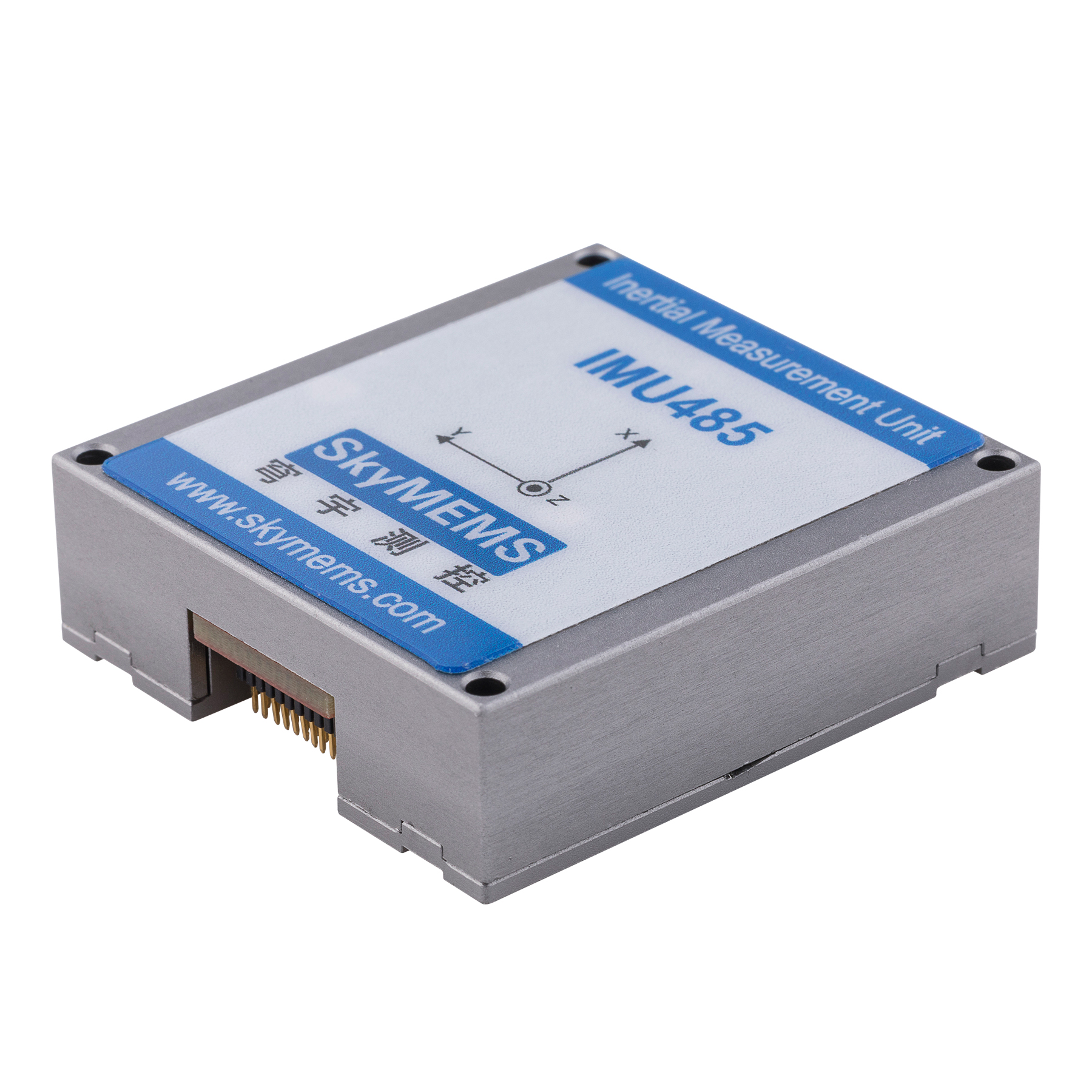An electronic compass is a type of digital compass that uses a microprocessor, magnetometer, and other sensors to determine the direction of magnetic north. Unlike a traditional magnetic compass, which uses a magnetized needle to point north, an electronic compass is able to provide a much more precise and accurate reading of the direction.
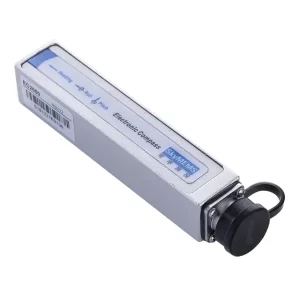
Electronic compasses are commonly found in smartphones, tablets, and other portable electronic devices. They are used to provide navigation information and to support a wide range of applications, including mapping, location-based services, and augmented reality.
The technology behind electronic compasses is relatively simple. A magnetometer, which is a type of sensor that can detect magnetic fields, is used to measure the direction of the Earth’s magnetic field. This information is then processed by a microprocessor, which calculates the direction of magnetic north and displays it on the device’s screen.

One of the key advantages of electronic compasses over traditional magnetic compasses is their accuracy and precision. Electronic compasses are able to provide highly accurate readings of the direction of magnetic north, which is essential for many applications, such as navigation and mapping. In addition, electronic compasses are able to compensate for errors and inaccuracies caused by factors such as the device’s orientation and the presence of other nearby magnetic fields.
Another advantage of electronic compasses is their flexibility and adaptability. Because they are digital, electronic compasses can be easily integrated into a wide range of devices and applications. They can be used in smartphones, tablets, wearable devices, and other electronic devices, and can be easily customized and programmed to support specific applications and requirements.
Overall, electronic compasses are a valuable and versatile technology that has a wide range of applications in navigation, mapping, and other fields. With their high accuracy, precision, and flexibility, they are an essential tool for anyone who needs to determine the direction of magnetic north.





